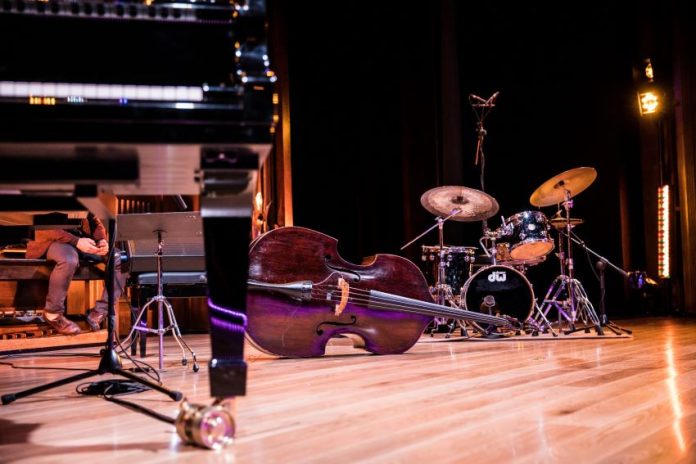While the rest of Latin America moves and grooves on the daily, Mexico City bounces to the beat of its own drum. Or lack thereof. Yes, you’ll hear Luis Miguel blasting from the tiny speaker at the corner taco stand. You will listen to plenty of marching bands parading down Avenida Reforma. There is also the occasional saxophone player or mariachi group that will inevitably show up, uninvited, to serenade you awkwardly on your first dinner date with that cute guy you’d been eyeing for months at the coffee shop.
But when it comes to live music, the pickings are slim. However, thanks to the Tío brothers, Jelly Roll Morton, and even good ol’ Porfirio Diaz, Mexico City’s jazz scene rumbles with seduction. Before you make your Saturday night reservation at Parker & Lenox, read on to find out how Mexico discovered jazz and jazz, Mexico.
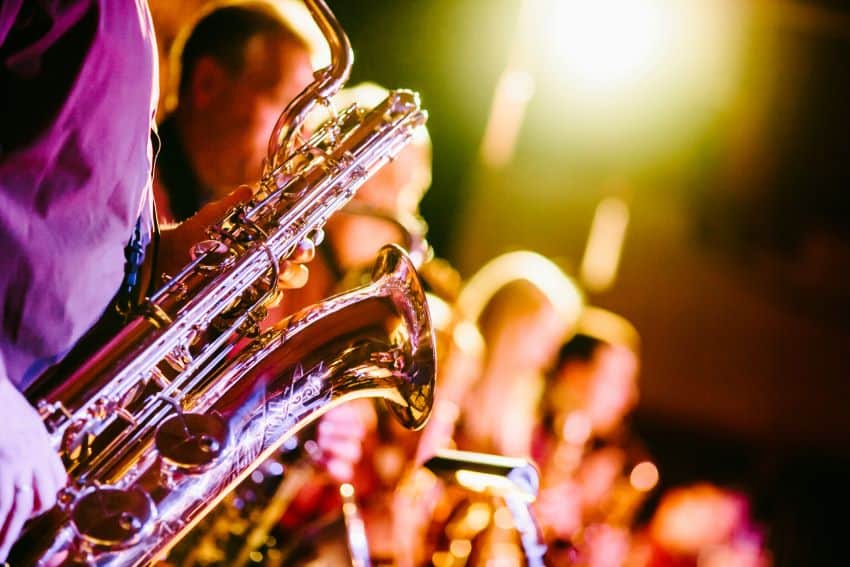
A history of Mexican jazz
Alain Derbez, author of Jazz en México, chronicles the birth of Mexico’s relationship to jazz in 1884. New Orleans hosted the World Industrial & Cotton Exposition and Porfirio Diaz sent the Mexican Eighth Cavalry Regiment band to perform. The group of nearly 100 musicians were such a hit that they were featured in Century [music] Magazine and according to TripodNola, the local paper at the time, Daily Picayune, had this to say:
“There has never been a band which has taken such hold on the affections of the people of New Orleans, not only on account of its artistic ability, but the individual and social qualifications of its members.”
Several members of the Cavalry Regiment stayed north, including Lorenzo Tío of the famous Tío brothers, who would go on to introduce Americans to the clarinet. To be clear, the Tío clan was Catalan by origin, but spent several decades living in Tampico, Mexico.
Mexico’s melodic influence continued to taint the early American jazz and blues scene. Pianist and composer Jelly Roll Morton, who would record alongside Lorenzo Tio Jr., once said “If you can’t manage to put tinges of Spanish in your tunes, you will never be able to get the right seasoning, I call it, for jazz.”
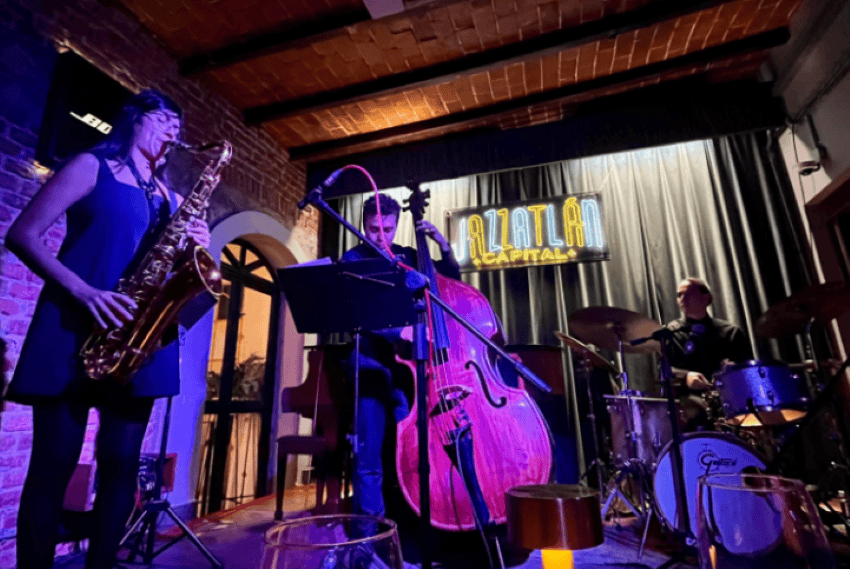
The golden age of Mexican jazz
Which brings us to jazz’s journey to Mexico. The USA’s Original Dixieland Jazz Band recorded the first official jazz album in 1917, but jazz didn’t truly thrive until the 1920s. Its rise coincided with Prohibition, the nation’s 13-year ban on alcohol.
It is speculated that a wave of musicians, as well as drinkers, fled across the border looking for work or whisky. Even Morton himself is said to have performed in Mexico in 1921 and composed “The Pearls” in Sonora. By the 1930s, Mexican big band music exploded in popularity. This would later encourage greats like Duke Ellington to perform locally [Ellington held a concert at Palacio de Bellas Artes in 1968].
Juventino Rosas’ waltz “Over The Waves” had formed an integral part of jazz music in New Orleans. But it wasn’t until 1954 that ¡La Orquesta de las Estrellas! released the first jazz album in Mexico. Years later, clubs started surfacing in the capital in neighborhoods like Juarez, Roma, and Centro and a handful remain to this day. I spoke with Maurice Orlando Montoya, Mexican-American owner of MM Music Agency in Los Angeles and expert on all things jazz, about his thoughts on Mexico City’s music scene. “I was happily surprised to find a jazz scene in [CDMX]. I was even happier to see that the audience was young and enthusiastic and ready to party.”
Is Mexican jazz having a comeback?
Montoya, whose agency represents the finest Jazz, Afro-Caribbean, Brazilian, and Contemporary Music artists, thinks the expat community might have something to do with it. “Like France in the 50’s, expats make for a good audience. However, the twist here is young people do not listen to jazz Stateside as they did in the middle of the 20th Century.” Does that mean jazz is making a comeback? Or are Mexico City’s jazz clubs more enticing to younger generations than they are in the States? Maybe it’s because, as Montoya says, “mezcal and jazz mix well.”
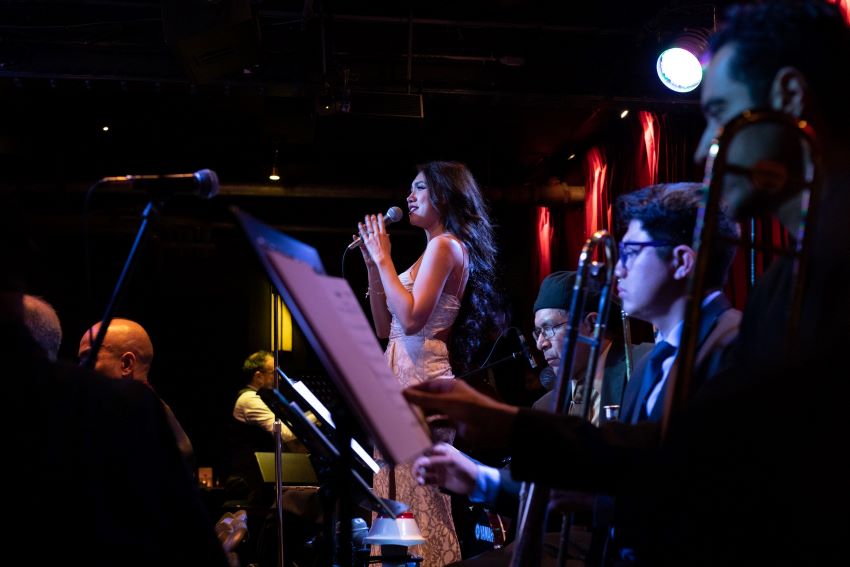
Multi-day festivals celebrating jazz and blues have also popped up as of late. MJazz, a family-friendly outdoor music jubilee, takes place every February at Parque Bicentenario. The Polanco Jazz Festival is a series of outside concerts in April that showcases talent from Cuba to France, Mexico to Spain. Neuma is a Mexico City-based jazz school that offers classes, workshops, and concerts throughout the year.
All of which makes for an excellent alternative to your usual night out. When you’ve tired of the predictable date night in a restaurant or chisme and cocktails with friends, change it up with some live music. Mexican musicians are often featured, giving you the chance to dive into the local creative culture. Plus, there’s really no better way to refine your listening skills than trying to understand your server speaking Spanish over an enthusiastic trumpet set.
Feeling jazzed up? Here are four cool clubs in Mexico City to scratch the itch.
Jazzatlan Capital: Guanajuato 239, Roma Norte
An intimate, bilevel space with a full menu. Downstairs sees a rotation of multiple artists that change each month, and entry is free. Upstairs is reserved for resident musicians and international players. Tickets are required, open daily. There is a second location in Cholula.
Casa Franca: Merida 109, Roma Norte
Charming and eclectic spot with pizzas, tapas, and drinks. There is a cover charge before midnight and live music Tuesdays — Saturdays. Reservations are suggested and can be made on Facebook or Instagram.
Parker & Lenox: Calle Gral. Prim 100, Juárez
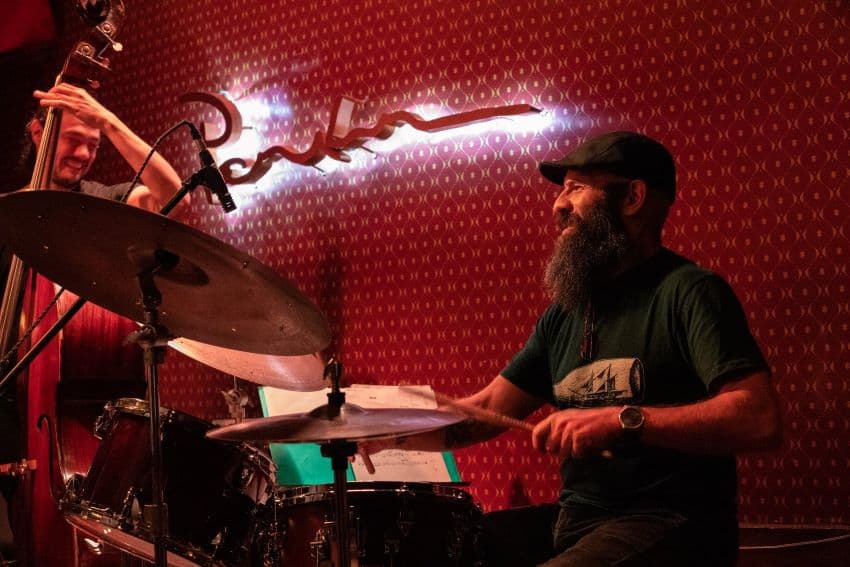
Very vibey and spacious club known for its eclectic music scene and live music Tuesdays — Saturdays. Reservations are required and talent is sourced from Mexico and beyond. There is a full menu of food and drink.
Zinco Jazz Club: Calle de Motolinia 20, Centro Histórico
The most iconic jazz club in Mexico City can, and should, be found in the Historic center. It’s where you go for a sexy, dancey night out in your date-worthy attire. Reservations are absolutely necessary and musicians come from all over the world to perform on Zinco’s stage.
Bethany Platanella is a travel planner and lifestyle writer based in Mexico City. She lives for the dopamine hit that comes directly after booking a plane ticket, exploring local markets, practicing yoga and munching on fresh tortillas. Sign up to receive her Sunday Love Letters to your inbox, peruse her blog, or follow her on Instagram.
